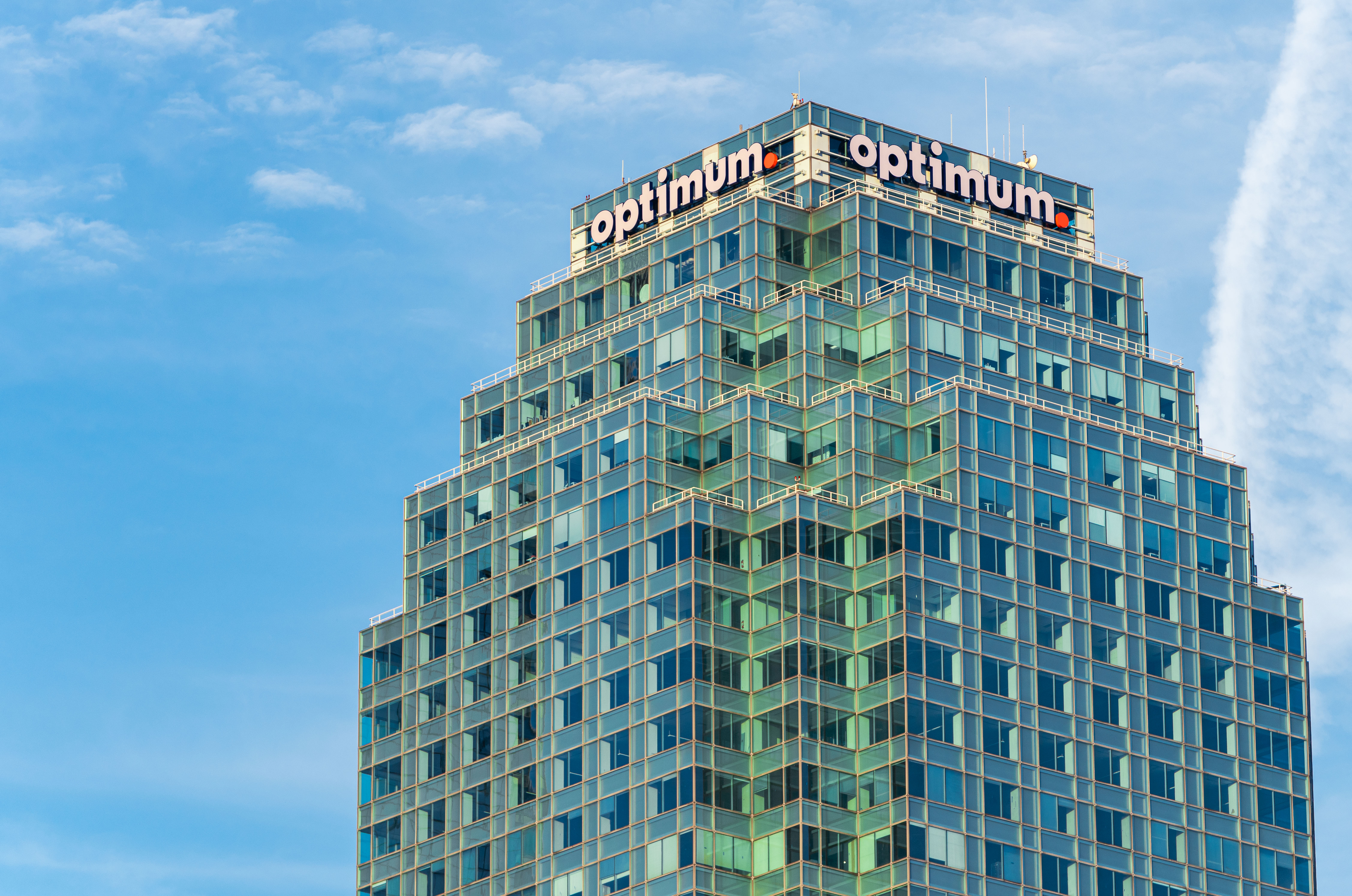Thales Affinity low-power DTV transmitter
Since the FCC’s decision last fall to allow U.S. broadcasters the option to install low-power digital transmitter facilities, a plethora of solutions have been introduced. Which solution is right depends on each broadcaster’s goal of using low-power solutions.
Low-power transmitters like Thales’ Affinity may provide broadcasters with a cost-effective option for delivering digital programming to the consumer.
The goal of Thales Broadcast & Multimedia Affinity family of low-power solid-state DTV transmitters was to allow broadcasters to get on-air at a low power (<1000W) cost-effectively, while meeting impending deadlines.
The transmitters are rack-mounted and self-contained. High level out-of-band filtering, required to comply with FCC spectral mask specifications, is provided by a bandpass filter, which can be mounted internal to the cabinet (depending on power level). The most basic transmitter configuration can also include a “Starter Pak,” which consists of a standard-definition encoder and a multiplexer with static PSIP, all mounted in the same rack with the transmitter.
The final power amplifier architecture of the transmitters uses multiple high gain full-band LDMOS modules in parallel to achieve the desired power levels (50, 100, 200, 500 or 1000W). This self-redundant power amplifier configuration provides up to 1000W average output power. The final power amplifiers also feature a hot-swappable design, enabling the replacement of any power amplifier while the transmitter is on-air.
The UHF version of this architecture has evolved from an earlier design that has been used in fixed wireless systems for years. Power amplifiers are self-contained, intelligent modules that provide roughly 70W RMS output power capability. Each power amplifier module includes the RF amplifier PC board, in addition to a DC-to-DC converter and a microcontroller circuit.
Each plug-in amplifier module is broadband (470- to 860MHz) for the full UHF band and is gain and phase matched for consistent performance from module to module. This process allows for direct interchangeability between models and hot-swap capability.
The professional video industry's #1 source for news, trends and product and tech information. Sign up below.
The high-gain RF amplifier module uses LDMOS high reliability transistors that are biased for class AB operation. The inherent linearity of these amplifiers and the quality of the associated correction circuits combine to produce excellent linearity performance. Each final power amplifier module has protection systems for high temperature, over-current and excessive VSWR conditions.
Advanced exciter/modulator technology
The company’s low-power product line incorporates an 8-VSB exciter that is common to high-power IOT transmitters. The exciter’s robust functionality allows the modulation and broadcast of ATSC-compliant digital signals. It provides frequency tolerance to within 1Hz and is broadband-tunable across the entire UHF band. The exciter used in the low-power solution is frequency agile and features a straight digital-to-RF conversion, eliminating the IF stage and associated distortions. The exciter integrates digital adaptive pre-correction (DAP) to increase performance accuracy. The DAP system provides digital correction of nonlinear distortions, including amplitude and phase distortion, and linear distortions including group delay and frequency response.
Low-power solutions are a great way for broadcasters to get their DTV signal on the air cost-effectively and reliably. This allows the marketplace to catch up with DTV receiver penetration, while still meeting FCC timetable guidelines. Low-power solutions even have a place in the future of DTV since they can be upgraded, used as a future backup transmitter, or transitioned to low-power digital translators, depending on the broadcaster’s needs.
Joe Turbolski is director of marketing for Thales Broadcast & Multimedia.
